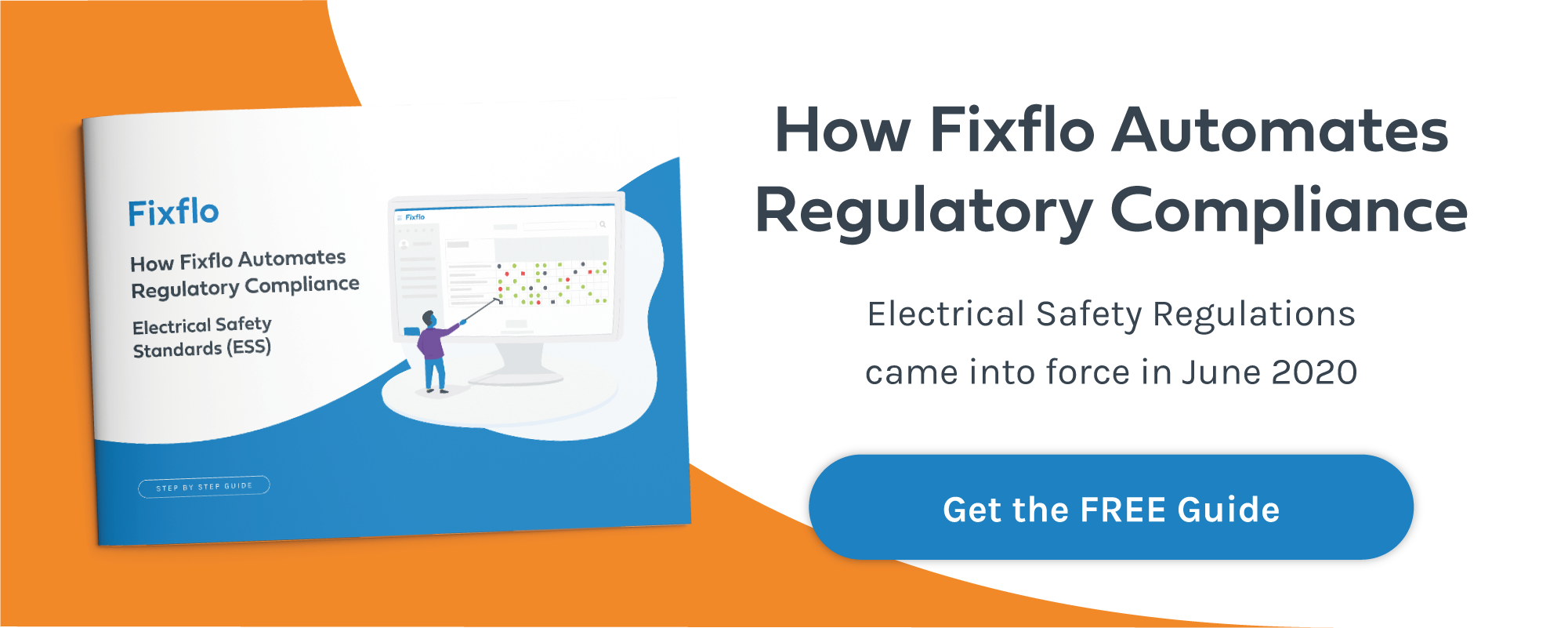Mandatory electrical testing and installation inspections came into force in England for new tenancies from 1 July 2020 (existing tenancies will have until April 2021 to comply). But what format will these tests take place? For those who don’t know one end of a plug from the other, we take a look at the different types of electrical assessments and reports currently available to landlords and examine which tests are mandatory and which are recommended for private landlords.
What types of electrical testing are currently available?
Fixed wire testing
Mandatory
Fixed wired testing involves testing the electrical installations and systems that conduct electricity – main panels, distribution boards, socket outlets, a/c etc - around the building. Once the electrical installation has been tested and verified as safe, an EICR (Electrical Installation Condition Report) can be issued. Under the new regulations, landlords are required to commission an EICR at least once every five years. EICRs will test things like the adequacy of earthing and bonding, wear and tear, whether any wires are exposed and if any of the installations are damaged or malfunctioning.
Landlords are legally obligated to ensure electrical installations within their property are maintained safely. Some insurance companies will also want to see an EICR before they insure a property.
Portable Appliance Testing (PAT)
Recommended
The clue is in the title. Portable Appliance Testing literally involves testing any movable electrical appliance, such as toasters, kettles, fans, portable heaters or anything else the landlord might have supplied to a property. As with an EICR, it must be carried out by a qualified, registered technician, who will carry out a series of visual and electronic tests to ensure that an appliance is working effectively. Once the tests have been completed, the electrician will provide a full inventory and each item will have either a pass or fail sticker affixed to it.
Unlike the EICRs, PATs are not currently mandatory for landlords.
Regulatory Changes in 2020
Under the Electrical Safety Standards in the Private Rented Sector (England) Regulations 2020, the government requires every fixed electrical installation within a rental property to be inspected and tested every five years by a registered and qualified person.
Once the EICR inspection has been carried out, the landlord must provide a copy of the results to the tenants of the property within 28 days. The landlord must also retain a copy of the results until the next test five years later. If they fail to meet either of these stipulations or fail to comply with the testing within the timeframe, they can face a financial penalty of up to £30,000, which is enough to make any landlord lose their spark.

DISCLAIMER: This article is intended for information only and does not constitute legal advice. If you have any questions related to issues in this article, we strongly advise contacting a legal professional.
BLOG DISCLAIMER
This article is intended for information purposes only and does not constitute legal advice. If you have any questions related to issues in this article, we strongly advise contacting a legal professional.
These blog posts are the work of Fixflo and are licensed under a Creative Commons Attribution-ShareAlike 3.0 Unported License. In summary, you are welcome to re-publish any of these blog posts but are asked to attribute Fixflo with an appropriate link to www.fixflo.com. Access to this blog is allowed only subject to the acceptance of these terms.


